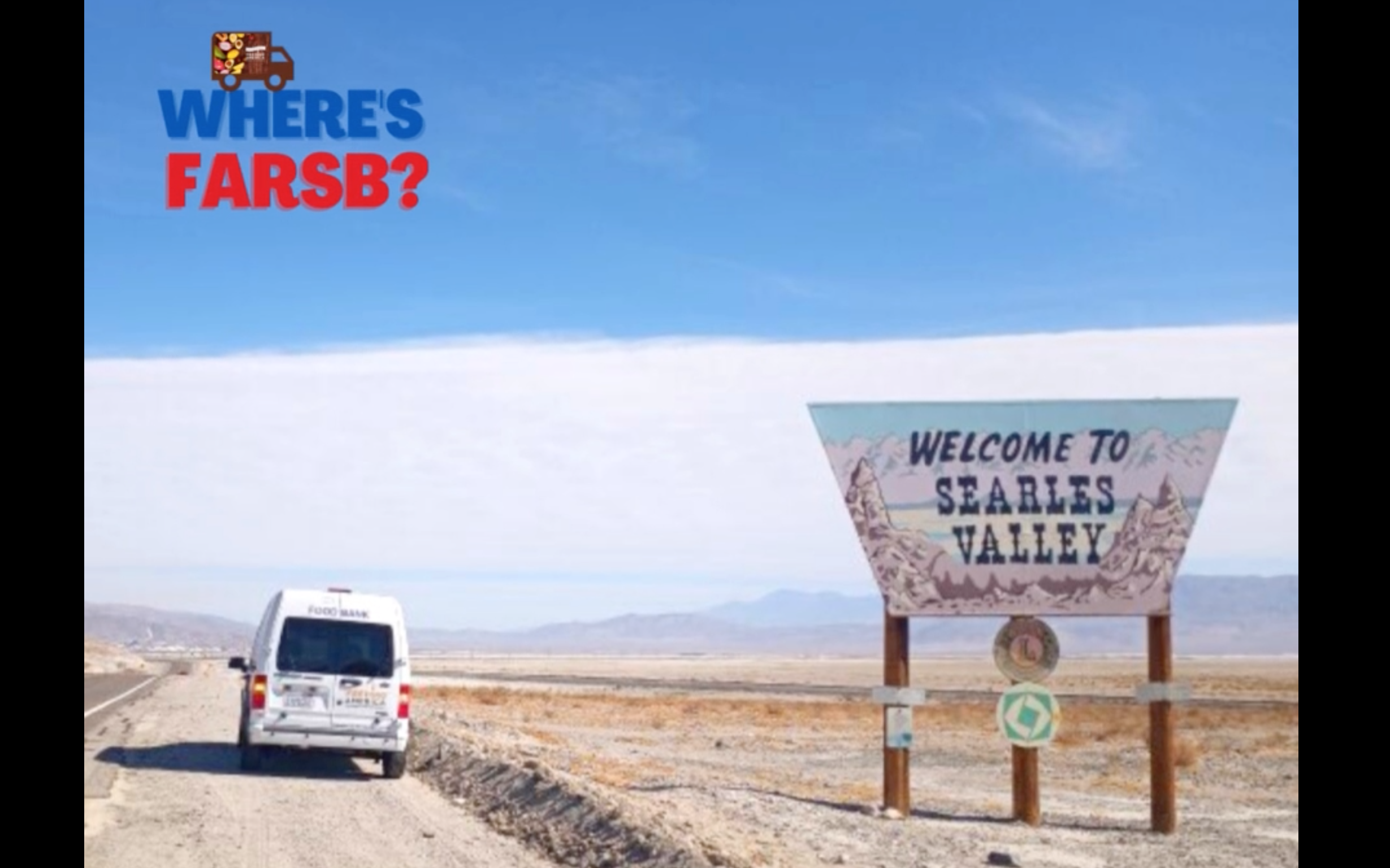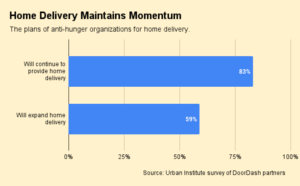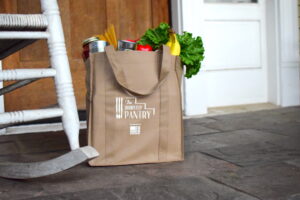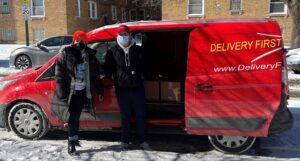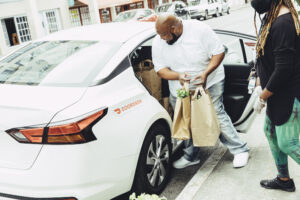Feeding America Riverside San Bernardino is like many other food banks in starting a home delivery program during Covid-19 and making it permanent. Now, the food bank’s home delivery service looks something like Uber Eats, encompassing more than 1,000 volunteers over a vast portion of California.
From March to December 2020, the food bank served more than 7,000 clients in an area that includes the nation’s largest county (San Bernardino), which stretches more than 20,000 square miles across southern California to the borders of Nevada and Arizona. Its other service area, Riverside County, is one of the nation’s most populous.
The food bank, California’s 13th largest with $38 million of FY 2019 revenues, is not alone in starting up a home delivery service and keeping it going post-Covid, though some food banks have expressed concern about being able to sustain their programs and volunteer interest. Many food banks have turned to route-planning software to help them manage the logistics of making deliveries.
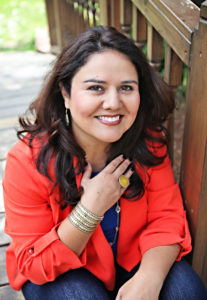
Crucial to Feeding America Riverside San Bernardino’s operation is the food bank’s relationship with ESRI, a supplier of geographic information systems. The food bank uses ESRI to gather food requests from the community and match volunteers with client deliveries. More recently, it began using the system to also collect and analyze client data so it can better understand underserved areas.
“It’s helping us identify where the really high-need populations are,” said Stephanie Otero, CEO.
The delivery effort, officially known as Homebound Emergency Relief Outreach or HERO, started as a grassroots effort supported by Excel spreadsheets and about 50 volunteers. Building upon an existing board relationship, ESRI got involved and supercharged the program by developing a mobile-friendly application that notifies volunteers when people nearby need a delivery and allows them to select from a map the deliveries they want to make.
“You get alerts only in your area,” Otero said. “It’s like an Uber Eats.”
Volunteers pick up the food directly from the food bank or one of its 250 partners. Once the food is dropped off, clients get an alert that it’s been delivered. Feeding America Riverside San Bernardino is now sharing the technology with the rest of the Feeding America network, Otero said.
As the impact of Covid-19 starts to wane, the HERO program has evolved. While the number of people requesting deliveries is going down, more of them are seniors. To better reach this population, the food bank has identified more than 100 low-income senior housing complexes where it is publicizing HERO. “It’s a new outreach effort,” Otero said.
In addition to asking basic questions like name and address upon client intake, the food bank now also asks whether a client has transportation, a refrigerator, or a stove. “Sometimes we’re delivering to a hotel room or a homeless person,” Otero noted. “So we ask those questions now so we know what type of food to deliver.”
Recently, the food bank added an ethnicity question to better apply a racial lens to its work. “We’re hoping to focus in on and identify high-need populations,” Otero said. “Looking more through a racial lens will allow us to be more targeted.”
Data collection through HERO is dovetailing with another outreach effort started at the beginning of 2021. Reminiscent of the “Where’s Waldo?” children’s books, the year-long “Where’s FARSB?” campaign seeks to ensure the food bank has a presence in all 104 cities and towns in its expansive service area. Social media posts track the food bank and its vehicles as they move about California.
The campaign took hold when the food bank was working to get water to a remote area affected by an earthquake and realized it had no partners or programs in the area. “It’s been a huge magnifying lens for us to see where those hunger deserts are,” Otero said.
Every Friday, the food bank reviews the areas it was able to hit during the week with either pop-up food distributions, home deliveries or through its partners. Recently, for example, it identified new partners to host quarterly food distributions in an under-resourced area bordering an Indian reservation. So far the food bank is at 40% of its goal to reach every town in 2021.
Feeding America Riverside San Bernardino is also conducting client surveys at some of its food distributions to better understand what barriers might exist to food access. “If you think it’s difficult to get food from us, how can we make it easier?” Otero said.
She added, “We’re using all this data to reassess how we do things here and how we can make it better.” — Chris Costanzo
Like what you’re reading?
Support Food Bank NewsConnect with Us:
